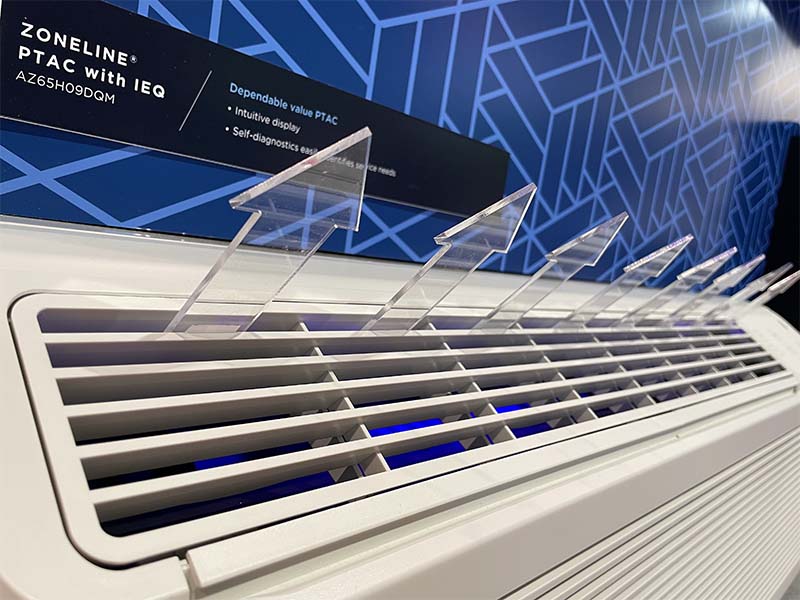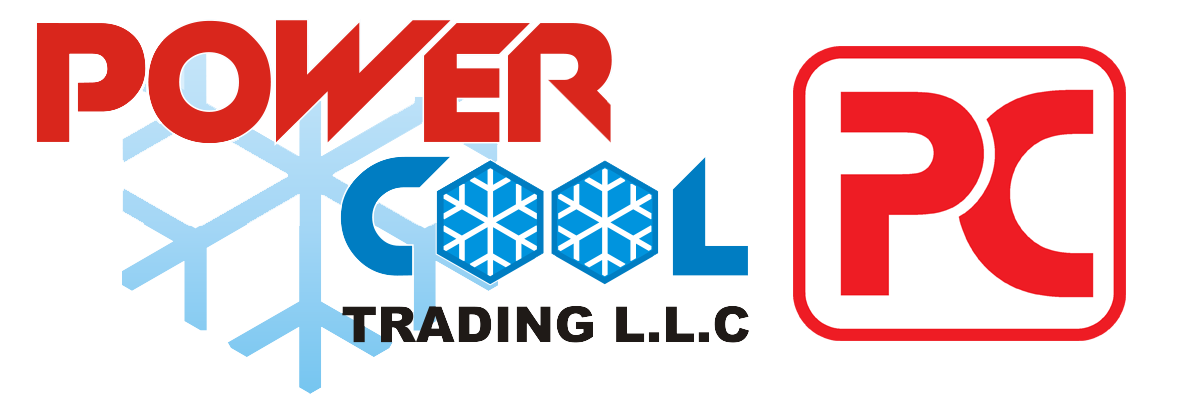Tips and Tricks
GE Exhibits New Air And Water Solutions Division
Focus is on wireless communication, making work faster.
GE Appliances, a Haier company, Air and Water Solutions, exhibited for the first time as a new division at the 2022 AHR Expo.
The Air and Water division covers residential and light commercial water heater, water filtration, HVAC, and ductless heating and cooling solutions. The team has dedicated over $100 million to the category, investing in training and nearly 300,000 square feet of new manufacturing space for Air and Water.
Kelsey Adamson, PR manager at Wray Ward representing GE, said the move was about offering total property solutions for contractors and wholesalers.
“The difference with Air and Water is that we’re really bringing everything under one umbrella, resources-wise — get everything in one place and then integrate the SmartHQ service,” said Adamson. “That’s been the differentiator in our booth that customers have been commenting on.”
Rounding Out Residential
The Haier VRF product launched about three years ago, and now the company’s big move will be the launch of the GE branded unitary product.
“Our focus has been on rounding out the residential portfolio,” said Andrew Twitty, product manager, unitary HVAC. “This really gets us into that 80, 85% of the residential space in North America. We’re launching a full a comprehensive line of unitary, everything from base efficiency, 14/15 SEER product up to 22 SEER. We’ve got package units, gas furnaces, running up to 97% efficiency, we’ve got ultra-low-NOx and low-NOx products for California.”
Launching in fall 2022, the line will include gas furnaces, packaged units, air conditioners, heat pumps, air handlers, and evaporator coils. All are compliant with 2023 regulatory changes.
“We really are trying to address installation, ease of serviceability,” said Brian Buente, executive director – air products. “What we’re really proud of is our SmartHQ connected platform. It hits all the key service points.” Contractors can plug into the system and see key operating parameters, performance history, and service manuals all within the app.
Carrying the smart tech theme over to the commercial side, “probably the biggest thing that sets us apart is what we call our MRV link,” Buente added. It allows for wireless.
s communication among commercial VRF modules “so you save on labor, you save on the cost of the wiring, and it helps with serviceability because if there are any issues, you’re able to isolate it to the specific module.”
Zoneline
On the other side of GE’s big blue-and-white booth, Kristi Saathoff, executive director, light commercial HVAC, talked about GE’s Zoneline units built for the hospitality industry.

“We spent a lot of time listening to customers to understand their wants and needs, particularly on ease of installation,” she said.
The GE Zoneline Ultimate V10 vertical units, used in areas with two rooms such as a bedroom and living space at a hotel, have a quick-install locking feature so the
contractor doesn’t have to spend as much time building a unique platform in every room. Building on that product, the Ultimate V12 brings two additional features: makeup air to introduce fresh air into the room, and inverter technology for quieter operation along with better energy performance.
AIR CLEANER: GE’s Zoneline PTAC unit has UV-C LED lights pointed right at the fan blades to clean air as it passes through. (Staff photo)
GE’s Zoneline PTAC unit incorporates UV-C technology for better IAQ, again designed primarily for hotels but also popular with assisted living and dorm rooms.
“We have an array of LED lights, pointed right at the fan blades, so where the air comes in and circulates through the unit, we get optimum targeting for effective cleansing of the air as it passes through,” she said.
The Zoneline or vertical units can be connected wirelessly to the internet using SmartHQ and then managed from one central desktop location.
“We can also provide notifications if there’s some kind of service or maintenance need,” Saathoff said. “We can give them the ability to do mass changes. If they want to limit the upper temperature that can be set in the room, they can do that for all the units in the property [at once], or if they want to turn off the units on a floor because they’re not at capacity, they can do that with a push of a button instead of sending maintenance or housekeeping into every room to do them all individually.”
